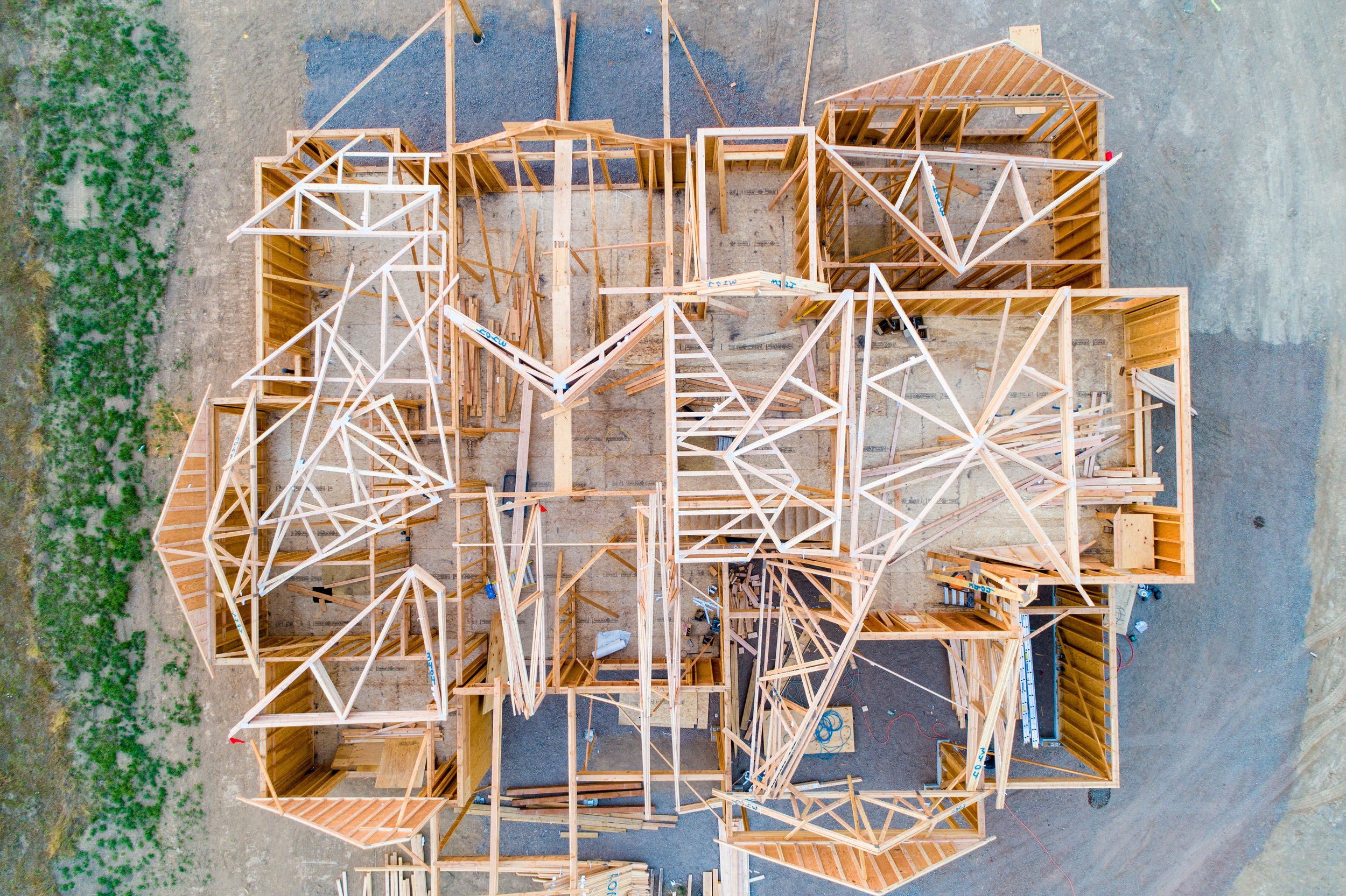
Foundation Services
Foundation Mechanics is able to repair and stabilize your home in a timely and effective manner.
Sinking slabs, uneven floors, and cracked or buckled walls are common problems faced by millions of homeowners every year. Most of the time foundation problems lie in the soils your home is built on, the type of adjacent landscaping, and how water runoff affects your yard. When your foundation begins to show a loss of stability, the risk of further damage and the need for repair significantly increase.
What we can do.
-
HELICAL PILE INSTALLATION
As certified CHANCE® installers, we have extensive foundation knowledge that allows us to provide you with quality workmanship that you can depend on. Your home’s safety is our top priority, which is why we offer professional foundation repair services using products manufactured with the highest quality standards in the industry.
Our helical piles are designed to support, stabilize, and lift areas of a foundation that have failed. Designed to be independent of the structure, piles are installed deep into stable bearing soils until the required load bearing capacity is reached.
ADVANTAGES OF HELICAL PILES:
Quick installation
Lower costs
Time-proven, engineered system
Installs in limited access areas
Limited excavation required
-
WHAT IS CONCRETE LEVELING?
Concrete leveling (also known as slabjacking or mudjacking) is a method of correcting an uneven concrete surface by altering the foundation that the surface sits upon. It is a cheaper alternative to having replacement concrete poured, and is commonly performed at small businesses and private homes as well as on roads and highways. Driveways, concrete patios, sidewalks, pool decks, bike paths, and concrete interior floors are all good examples of its uses.
WHY IS CONCRETE LEVELING NEEDED?
There are a variety of reasons why concrete sinks or settles. Some of the most common reasons include concrete that was installed on improperly compacted soil, soil erosion due to environmental factors, and water penetration through the concrete joints. Regardless of the cause, sinking or tilting concrete can lead to severe slab issues, improper water runoff, and even trip hazards.
HOW DOES CONCRETE LEVELING WORK?
A number of small holes are drilled in the sunken concrete. By pumping a slurry (a specialized mixture of water, dirt, and cement) into the desired area, the cavities underneath the slabs are filled and stabilized. Increasing the pumping pressure allows driveways, sidewalks, and floor slabs to be raised in a controlled manner. The work is accomplished by utilizing specialized pump equipment that delivers the slurry at a slow, continuous rate which allows for precise leveling. Once the slab has been raised and leveled, the drill holes are patched and the surface is ready to use.
ADVANTAGES OF CONCRETE LEVELING
More efficient alternative to concrete replacement
Less equipment, crew, and time necessary
Less expensive solution
Low environmental impact

